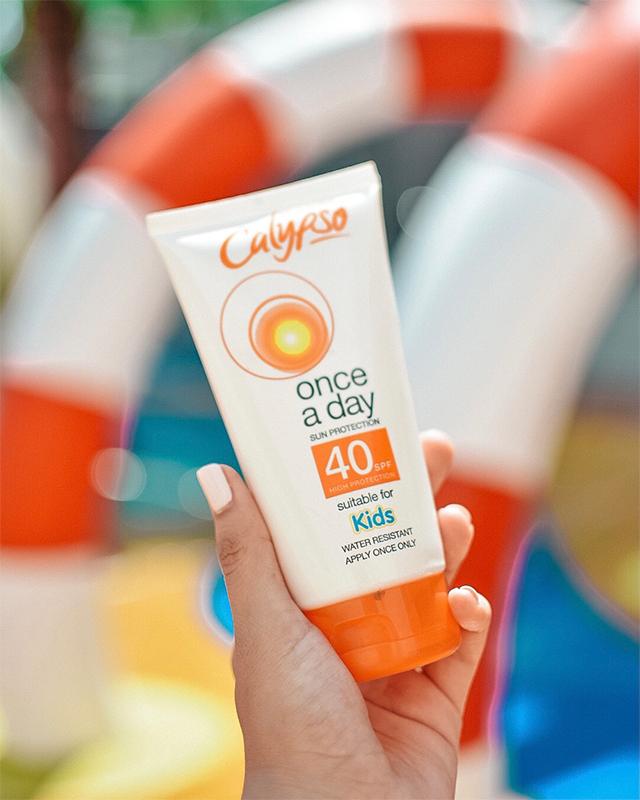It looks like were in for a long, hot summer this year, which means that sun protection is a must. However, there are lots of myths out there regarding sunscreen, and its hard to know what is the best advice to take. Our Sun Care Specialist, Mr Seena Seka, has heard them all and has debunked the five most common myths about sunscreen.
1. You only have to apply two tablespoons of sunscreen to your whole body
The recommended amount of sunscreen to use is 35ml, and this needs to be applied evenly over your whole body. If youre unsure of how much sunscreen to apply, then you can refer to the application guide on the back of the Calypso Press and Protect Sun Lotion. The chart shows how much sunscreen you should put on each part of your body by pressing the nozzle, so you dont need to worry about not applying enough.
2. Sunscreens dont have a shelf life
Sunscreens go out of date the same as cosmetic products. They are usually manufactured to last up to five years unopened, but after you open them, you need to check the expiry date. You can find this on the jar logo, which indicates the number of months the product will last after opening it. For example, 12M is 12 months after opening. However, sun care products can change in texture and colour if they go out of date so you should always check the sunscreen before using it.
3. You cant tan when you have sunscreen on
Tanning occurs when melanin is produced in an attempt to protect the skin cells from UV radiation. Therefore, a tan is a sign of damaged skin. While it may offer limited protection from burning, it doesnt prevent the harmful effects of radiation. Despite the risks involved in tanning, many consumers enjoy having bronzed skin due to the golden rich colour.
The biggest danger for our skin is sunburn and sunscreens are designed to prevent this as they are protection products. We recommend using the Calypso Monoi Tahiti Deep Tanning SPF30 to build a dark, long lasting tan, while also keeping your skin protected from the suns harmful rays.
4. The best sunscreens have a UVA star rating
There are lots of different UVA measuring systems around the world, and one of them is the UVA star rating system. It demonstrates the percentage of UVA radiation thats been absorbed by that particular sunscreen compared to UVB. Many consumers believe that the best sunscreen for them is the one with a UVA star rating and it is featured on most sunscreens in the UK. However, it is not available on all sunscreens as it is an independent retailer initiative.
Calypso has always used the Europe-wide standard UVA symbol (the letters UVA inside a circle) on its packaging. This is a legal requirement through Cosmetics Europe and ensures the correct balance between UVA and UVB on products. All other systems are not legally binding and do not follow the Cosmetics European Directive.
5. You need to spend more money to get better protection
According to Cancer Research UK, this is not true. They claim: Cost is no indication of better protection. You may simply be paying for a brand name. All types are tested, and the cheaper brands are just as effective if used properly. According to an online survey that was conducted by Linco Care in 2016, 91% of consumers would choose Calypso Once A Day SPF20 over market competitors while 96% of consumers felt the product provided effective UVA/UVB protection against the sun.*
*Online survey conducted and commissioned by Linco Care Ltd. (1420923) from a 112 consumer trial in the United Kingdom (2016)
These are just some of the many myths out there about sunscreen, but if you would like to learn more about how you can stay protected this summer, then check out our Be Sun Ready page.

